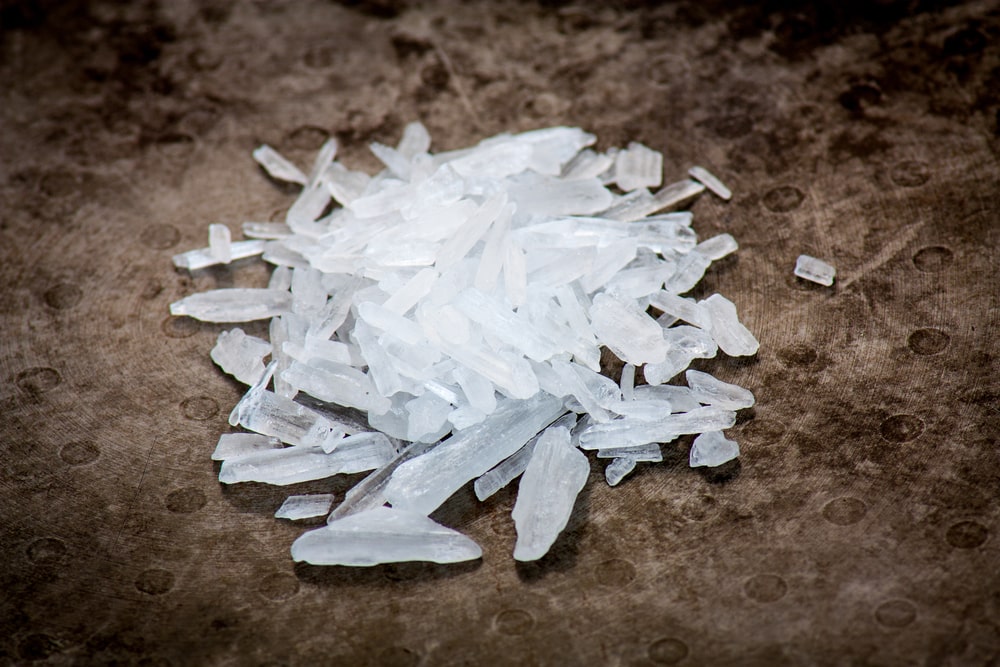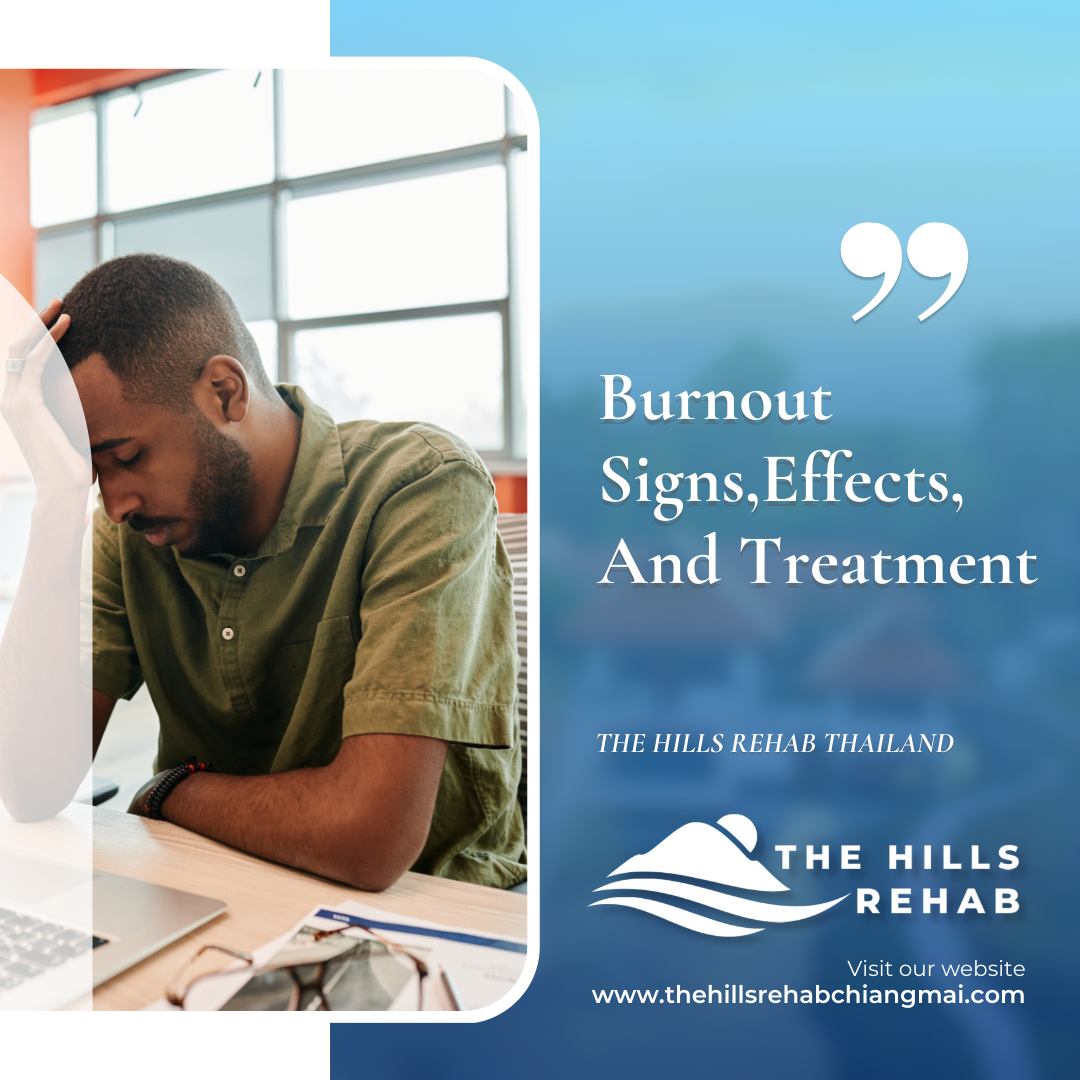What Is Methamphetamine?
Synthetic psychostimulant crystal methamphetamine affects the central nervous system and speeds up brain function, with long-lasting effects on the body. The street names for this addictive substance include crystal, speed, zoom, go, crank, tweak, ice, glass, rock candy, shizzo, yaba, fire, uppers, poor man’s cocaine, or shards. In public, some people use Tina instead of the drug’s actual name because it sounds less associated with a drug. Depending on the ingredients used to make it, crystal methamphetamine can have the appearance of tiny glass shards or an odourless, bitter-tasting powder and can range in colour from clear to pink, off-white to brown, when taken as a pill, injected intravenously, snorted, or smoked. Methamphetamine, or meth for short, has very negative effects on those who become addicted to it. It now ranks as one of the most addictive substances in the world.
The Signs of Meth Addiction
Unfortunately, drug use, including meth, frequently goes unnoticed by others until it reaches the abuse or addiction stage. It is relatively simple for a regular user of crystal meth to transition from use to abuse to addiction because the drug has such a high potential for addiction.
Whether a person has never used meth before or is becoming more and more dependent on it, the physical signs of use will be apparent and include some of the following:
- loss of weight
- facial acne or sores on the body
- meth mouth or deteriorating teeth
- facial skin starts to droop
- convulsions
- damage to the liver
- high risk of Stroke
- susceptibility to infectious diseases due to compromised immunity
- Increased body temperature
- Increased libido
- Intense itching and scratching
- Death
A wide range of diverse psychological side effects is also linked to meth addiction or use. Meth’s ability to raise dopamine levels in the brain causes an initial feeling of euphoria when it is used. In the brain’s reward system, dopamine is one of the key chemical messengers. Meth and other drugs with high reward circuitry activation have a high potential for addiction.
Dopamine has other functions in the brain than just related to pleasure, such as memory and learning ability. Long-term meth use will continuously overstimulate the brain with dopamine, causing an imbalance in the brain’s normal dopamine levels and dopamine-related functions over time. This will result in memory issues, learning new motor skills, and visual memory. It can also cause psychosis in some people. Meth-induced psychosis may include:
- delusions
- auditory hallucinations
- visual hallucinations
- paranoia
- irritability
- intense scratching is a physical side effect of meth psychosis.
Meth users may experience insomnia for three to fifteen days, a condition known as “tweaking.” Tweaking is a common part of a meth binge where a user will continuously use meth to achieve the original high. This can cause psychological side effects, such as irritability, paranoia, and confusion, as well as rapid eye movements, talking in a fast and jumbled way, and even walking in a jerky manner. Meth tweakers may also be prone to violence and other criminal behaviour.
Some of the behavioural signs of a meth user may include:
- increased physical activity and, in some cases, hyperactivity
- pressured speech and excessive talking
- strong feelings of elation
- inability to relax
- loss of appetite
- unable to maintain attention or concentration
- appearing overheated and sweating
- heightened breathing rate and heart rate
- dilated pupils
- easily distracted
- suspicious of others
- prefer to isolate themselves
- avoids interacting with others
If you or someone you care about is showing any of the above signs, meth addiction treatment must be sought. Meth use quickly escalates to meth addiction, and it can consume the person struggling with this destructive drug. At a top-class meth addiction treatment facility such as The Hills, our experienced and professional team will help break the cycle of meth addiction and help with long-term sobriety. Call us today to find out more about our bespoke meth addiction treatment options.
Meth Abuse Can Lead to Overdose
Because of its high toxicity, meth addiction is a serious drug that can lead to overdose. The best way to get treatment for meth addiction is to seek help right away. Methamphetamine users suffer from anxiety, depression, and a variety of other mental health problems that can lead to suicide. Because users frequently engage in risky sexual behaviours that they would not otherwise engage in, methamphetamine is also associated with an increased risk of contracting HIV and other sexually transmitted diseases (STDs).
Methamphetamine addiction can cause significant physical and mental harm, so people must seek treatment for this drug abuse disorder before the damage becomes too severe and irreversible.
Treatment for Meth Addiction Withdrawal Symptoms
A person addicted to methamphetamine may require several treatment regimens before making a full recovery. Meth detox is required in many cases of this addiction.
Withdrawal symptoms of meth can include:
- intense cravings
- fatigue
- depression
- nausea
- dehydration
- headaches
- anxiety
- hallucinations
The symptoms begin around 24 hours after the last meth use and start with fatigue, followed by intense feelings of depression. The withdrawal symptoms can last up to two weeks or even months for heavier and longer users. No drugs have been proven to be effective in removing meth from the body. However, some drugs manage a few of the withdrawal symptoms, and this, in turn, helps the user through detox, reducing the risk of relapse and maintaining long-term sobriety.
Why Inpatient Meth Addiction Rehab is Best?
Meth is a highly addictive drug, and those who are addicted to it will require professional help in a safe environment to break the addiction cycle. The effects of severe meth addiction take their toll on the body, and trained specialists at a private rehabilitation facility like The Hills will be able to manage the withdrawal symptoms from meth use with our on-site hospital and detox centre, as well as help the body and mind adjust to life without the drug in our luxury meth addiction treatment centre. We believe that receiving treatment in a private rehab like ours provides a better outcome in terms of recovery and reduces the possibility of relapse.
Meth addiction recovery necessitates a comprehensive meth addiction treatment plan that includes detoxification, counselling, and therapy. Detox will remove the physical presence of meth from the body and assist users in readjusting to life without the drug. Counselling will address the psychological harm caused by substance abuse, as well as teach recovering addicts how to resist temptation and maintain long-term sobriety.
If a person is suffering from a chronic, severe meth addiction, an inpatient meth addiction treatment programme is best suited. If a person suffering from meth addiction is not in a stable and safe environment, relapse is likely, and the risk of falling back into the old cycle of drug abuse is high. Inpatient rehab facilities provide a haven free of temptations or triggers where people can regain control of their lives without fear of relapse. These programmes typically last between 4 weeks and 90 days, depending on the individual’s needs.
Therapists assist recovering meth addicts in identifying the underlying causes of their drug use and providing the emotional support required to work through those issues. Therapy teaches patients how to resist the urge to use meth during times of stress or boredom, as well as how to understand the thought and behavioural patterns that led them to abuse the drug in the first place.
During treatment, counsellors will use a variety of therapies and techniques, the most common of which is cognitive behavioural therapy (CBT). Cognitive behaviour therapy has been shown to be particularly effective in the treatment of methamphetamine addiction as well as the co-occurring disorders of depression and anxiety. Furthermore, narrative therapy, which emphasises the importance of personal life stories, is used to assist recovering users in determining how their stories have shaped their drug use and how to change these thoughts and behaviours. Counsellors assist those in meth addiction treatment rehabs with adopting new, healthy lifestyle choices in order to build a better future free of drugs.
On average, it takes about a year for a meth addict to fully recover from their addiction, with a high chance of relapse. Getting the right meth addiction treatment is important. An addiction treatment facility that has experience in treating those struggling with meth addiction will increase the chances of a long, healthy, and wholesome life without this debilitating substance.






